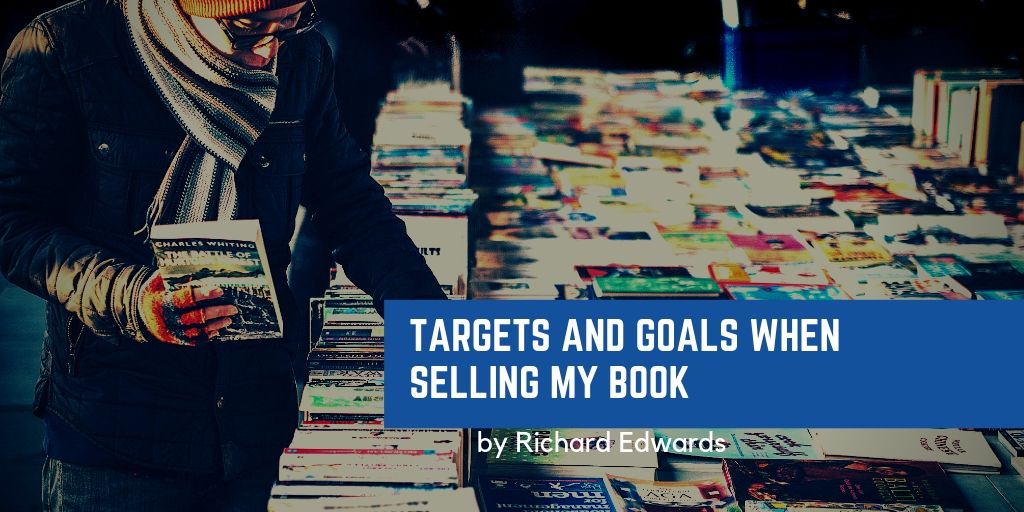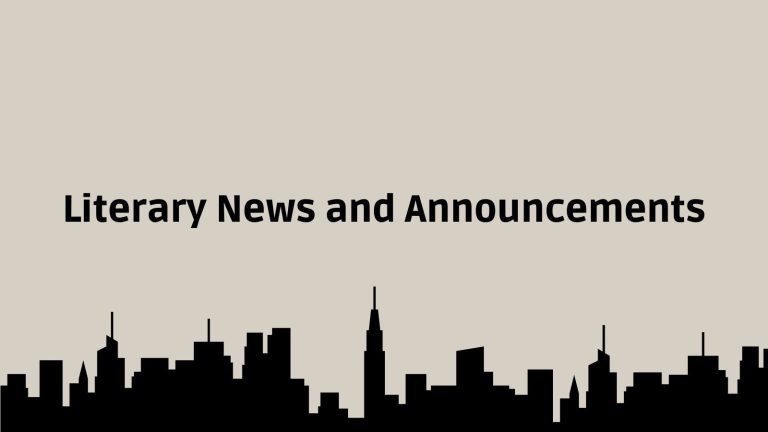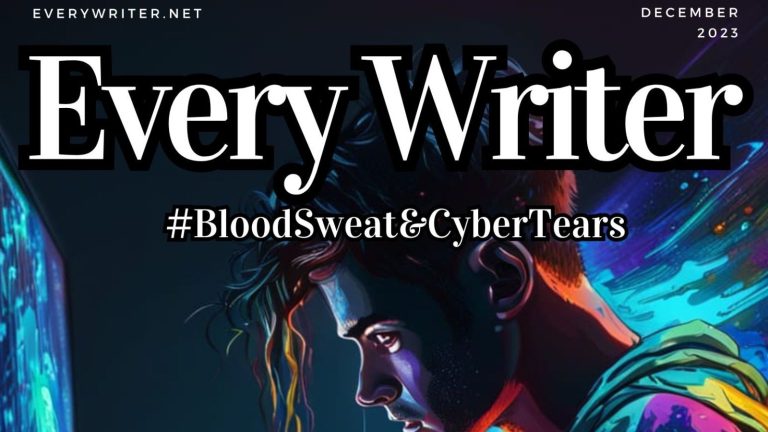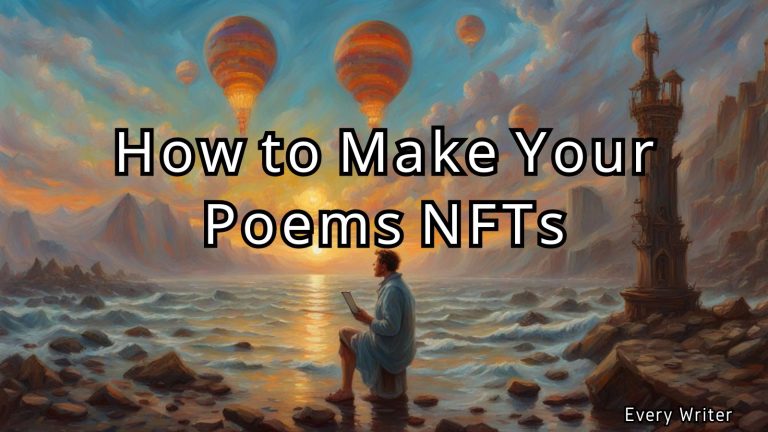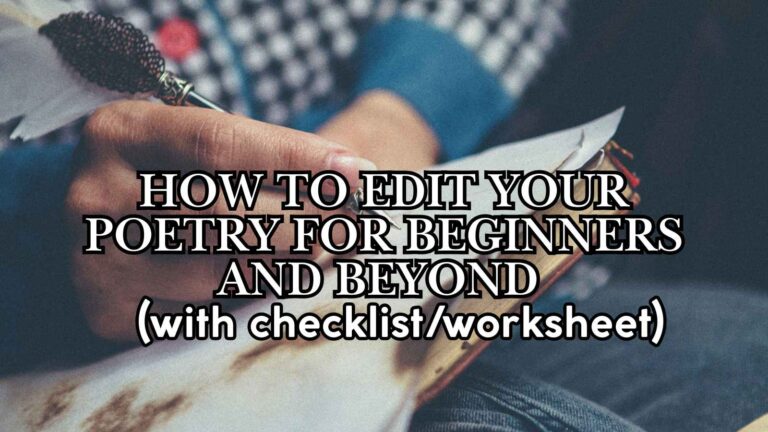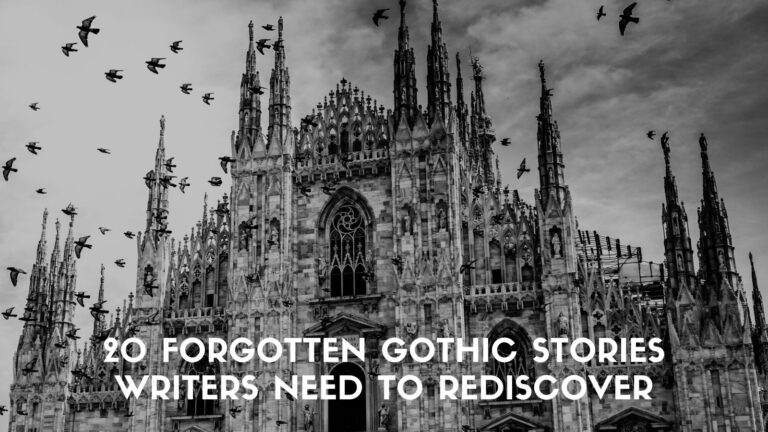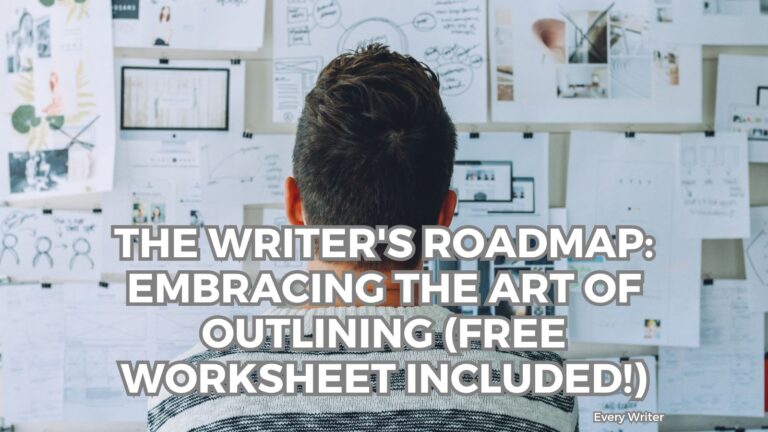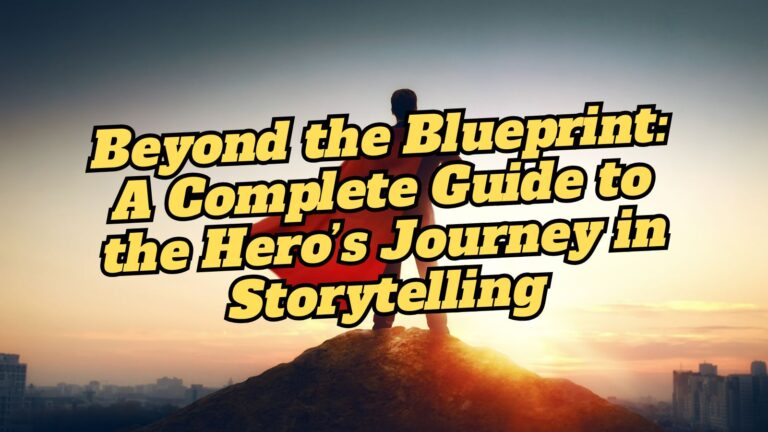Targets and Goals when Selling My Book
Selling your book online or in the real world is a daunting task. I applaud any author out there fighting the good fight. I’m discussing some things that may help indie authors better understand their goals and targets and what might work in turning leg work into book sales.
Social Media
In the next few days, I will do a step-by-step that explains how to get set up and how to sell; right now, it is a good idea to look at some of the basics of marketing.
Estimated ROI or estimated Return on Investment should be predictable. You should have a close estimate of returns before you spend money marketing. If you have a 10 to 1 return on marketing, it’s considered excellent, 5 to 1 is considered very good, and 2 to 1 is not profitable.
It means when you hit a marketing strategy that works, it’s paying you 5-3$ for every 1$ you put in (well, something like that). If you don’t find this rate, you need to move on.
Every tool that you use on the web has statistics to go along with it. For example, you should expect an engagement rate of .09 to .33% on Twitter. It would help if you were using Twitter to feed your email marketing campaigns (which we will discuss later). So your rate of engagement on Twitter is high, but you need to see sales? Are you putting any money into ads? So Twitter did a study here, and you can see about a 3.1 to 3.2 rate of return on marketing. That’s good.
Check all your platforms. You should be using all the major social media platforms to promote your book. These platforms include but are not limited to Instagram, Facebook, Twitter, TikTok, Pinterest, Twitter, Snapchat, YouTube, and any other place you can get exposure for your book. All these platforms have stats, and you should find a good ROI and engagement for each platform and set goals accordingly.
Email marketing
Email is usually considered a high rate of return. Most millennials still report wanting to do their business through email. If you can get someone to sign up and confirm their email to be on your mailing list, they should be ducks in a barrel for your marketing. It is where the sales funnel comes in. I will only go so far into this strategy here, but it’s a series of emails that grows in intensity until it convinces your followers to buy your books. Email is a powerful way to sell books, especially if it’s your mailing list!
Magazines/Newspapers
If you place an ad in a magazine, that magazine can tell you what the ROI will be on your ad. It is why grocery stores and pizza places put so much money into flyers in your local newspaper. They know they will get an inevitable return on their money. Notice they do it every week?
There are many other social media, websites, magazines, and newspapers you can advertise in. Each should be able to state their returns.
In-person appearances also have an ROI. You need to figure those out yourself. You should know what you are getting back if you go on many impressions.
What are you looking for? Synergy, synergy, synergy.
It is the most crucial part of what I’m saying. I wanted to briefly touch on some ideas in marketing that might help above, but what are you shooting for? Is your goal to sell a few 100 or 1000 books? Will that sustain you? Is your plan to get signed? Is your goal to make a money-making platform? All these questions are essential to answer, but you will likely find that selling books door to door isn’t going to work. You need to generate enough attention to get signed or build a platform that can sustain you.
If you only bother to read one part of this article, please read this. Synergy. Synergy is the way viral campaigns work. You don’t want to do leg work getting one person to review your book. You want to build excitement for your book. For instance, if you are part of the #writingcommunity on Twitter, you may have seen Tory Hunter and WB Welch promoting their new novella, The Last Letter. The novella will be out in July; you should pre-order it, but what Hunter and Welch were doing before the launch of the pre-order was building synergy. Synergy, according to Dictionary.com, is
The interaction of elements that, when combined, produce a total effect that is greater than the sum of the individual components, contributions, etc
It means you get more hype from your campaign than what you put in. In her early campaign, Welch did videos with zombie noises in the background. Then others started talking about the book. Then Hunter added that she was sick, and for a minute, it was like the actual novella would play out right on Twitter. When the pre-order page hit, people were very excited (I know I was) to sign up to buy the book. At that point, the campaign stopped. It became just simple postings about the book at the pre-order. What they were doing there, at first, was some simple videos and overtures about the book that were getting way more energy (attention) from their followers than what they were putting in. That’s synergy. When you work on a campaign like that, it can feel like you are a human starting gun, then it just runs away from you.
The Purpose of Writing this Article
I have 2 reasons for writing this article. 1. Know your ROI when putting money into your campaign. You should get more money BACK than you put in. 2. Be as creative about marketing your book as you write it, and you won’t have to worry about sales. Most writers get to this type of creativity and think it’s silly, so they stop. Don’t just post your book on Twitter; create hype around it. Be creative! Use your passion to sell it; honestly, you should have fun.
You cannot do it alone. You need to sell more books to become a big quit-your-job success. It would help if you had synergy and the work of others. You have to build up tension and then follow through.
If you want to keep up on all our latest information and get extra content from our site for free, including a digital copy of our magazine, join our newsletter.
- How to Edit your poetry for beginners and beyond (with worksheet) - April 18, 2025
- 20 Forgotten Gothic Stories Writers Need to Rediscover - April 18, 2025
- The Writer’s Roadmap: Embracing Outlining (Free Worksheet Included!) - April 15, 2025
